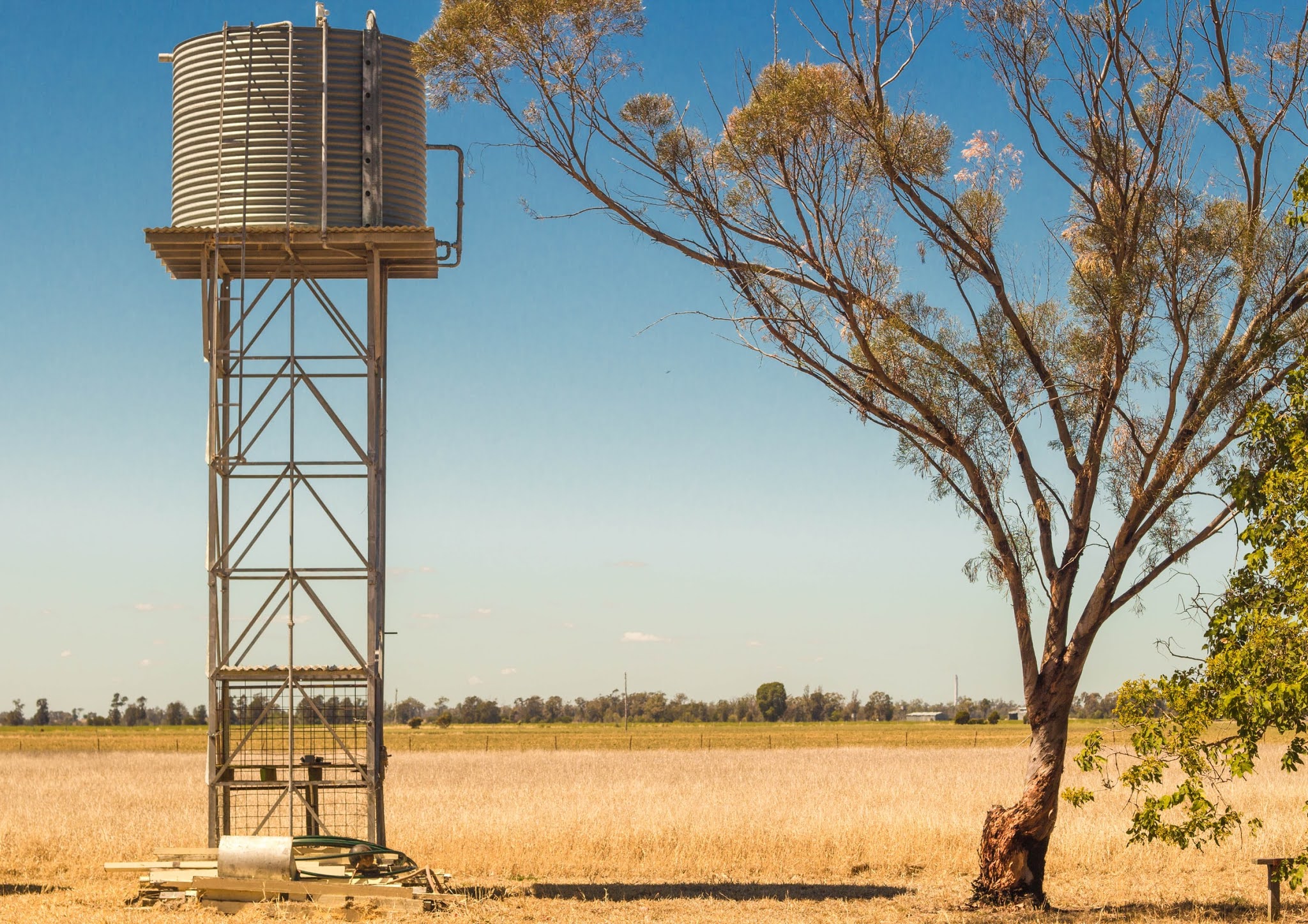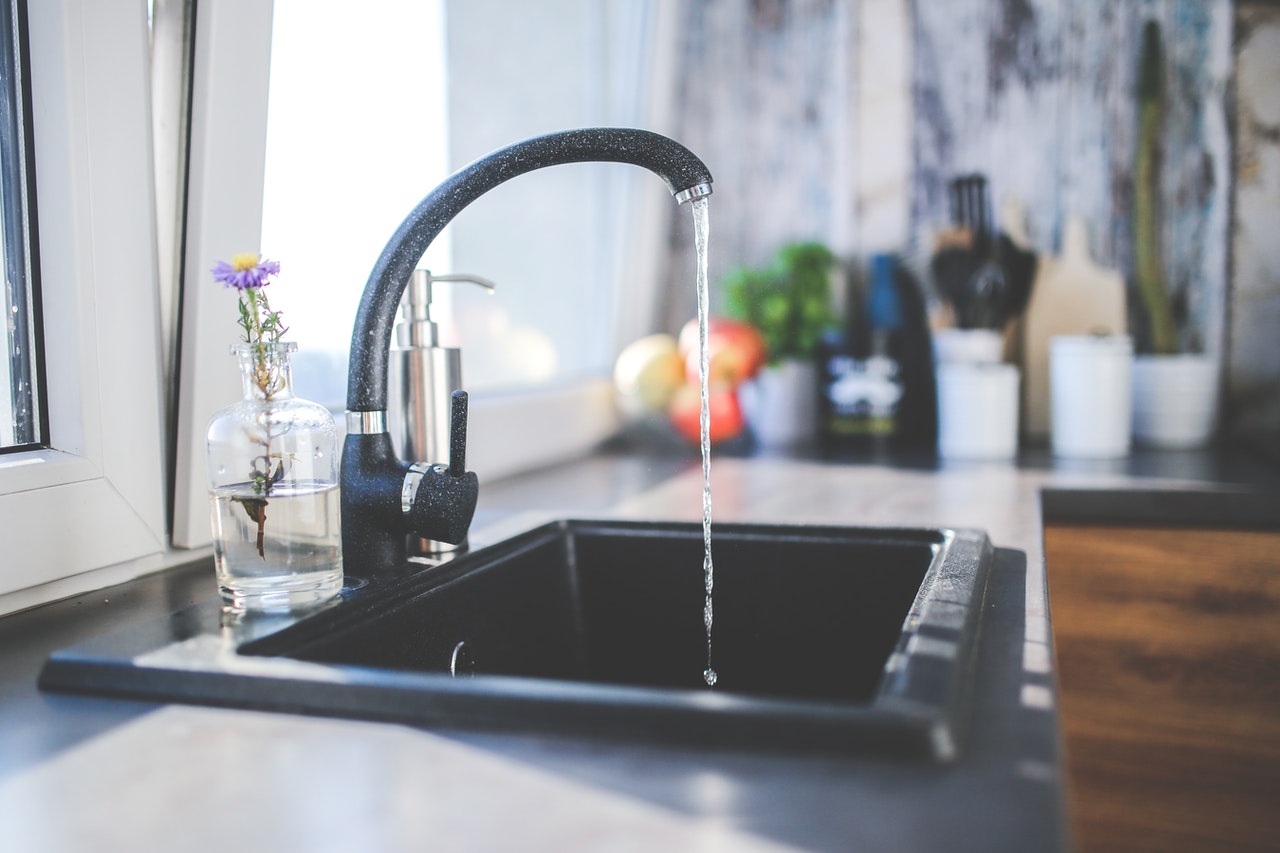Obtaining sufficient clean water for one’s
family is a regular chore in some countries. Yet, access to clean water can
become a concern in any part of the world when a main supply that is
usually good to drink becomes contaminated as a result of a flood, a storm, a
pipe break, or some other issue. If water does not come from a safe source or
is not stored correctly, it can cause parasite infestation, as well as cholera,
life-threatening diarrhea, typhoid, hepatitis, and other infections. Unsafe
drinking water is one of the causes of an estimated 1.7 billion
cases of diarrheal disease every year.
Cholera is most often contracted when a person
drinks water or eats food that is contaminated with fecal matter from infected
people. What steps can you take to protect yourself, even in the immediate
aftermath of a disaster, from this and other types of water contamination?
Well, consider these 8 things to do:
1. Ensure that all your drinking water—including the water used for brushing teeth, making ice, washing food and dishes, or cooking—comes from a safe source, such as an adequately treated public supply or sealed bottles from a reputable firm.
2.
If there is any possibility that your piped
supply has been contaminated, boil your water before use or treat it with an
appropriate chemical product.
3. When using chemicals, such as chlorine or water-purifying tablets, follow the maker’s directions carefully.
4. Use quality water filters, if available and affordable.
5. If no water-treatment products are available, add household bleach, eight drops per gallon of water (two drops per liter), mix well, and then let the water stand for 30 minutes before using it.
6.
Always
store treated water in clean, covered containers to protect it from
possible recontamination.
7. Ensure that any vessel used to take water from your stored supply, such as a ladle, is clean.
8.
Handle
water containers with clean hands, and do not dip your hands or fingers
into water used for drinking.
Keep your water safe because, “The challenge of
securing safe and plentiful water for all is one of the most daunting
challenges faced by the world today. . . . Too often, where we need
water we find guns.”—BAN KI-MOON, UN SECRETARY-GENERAL






